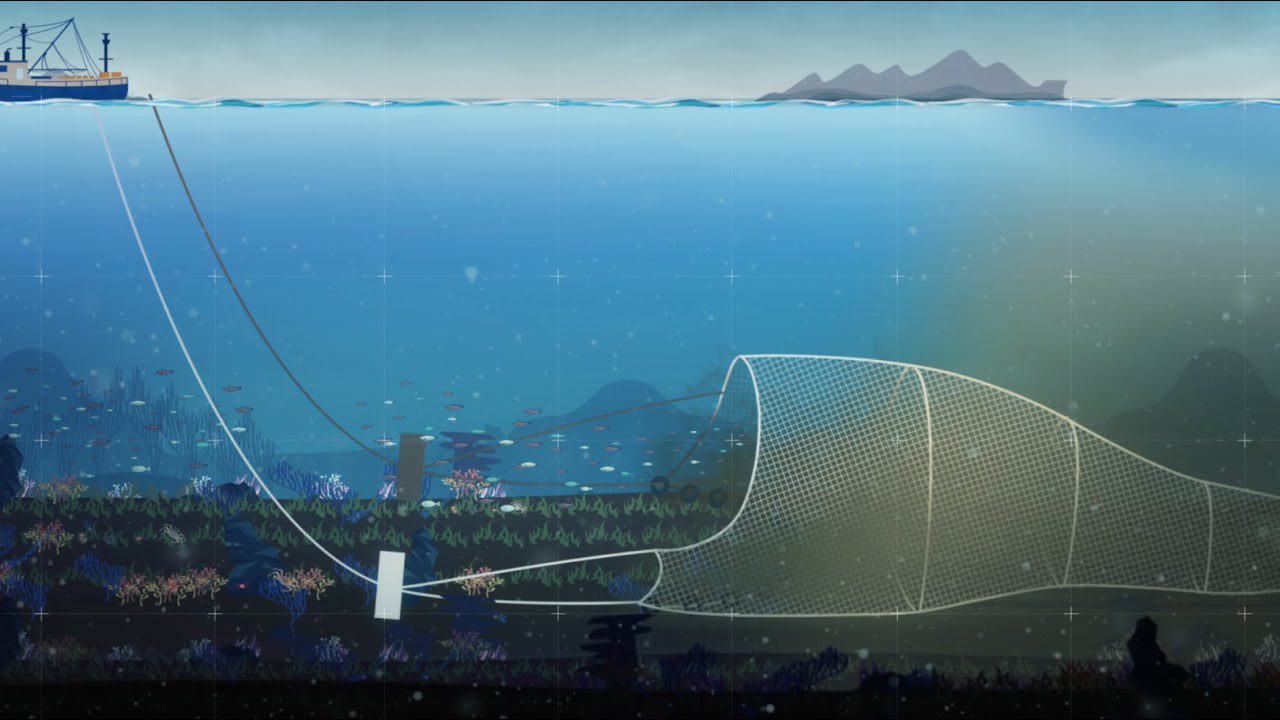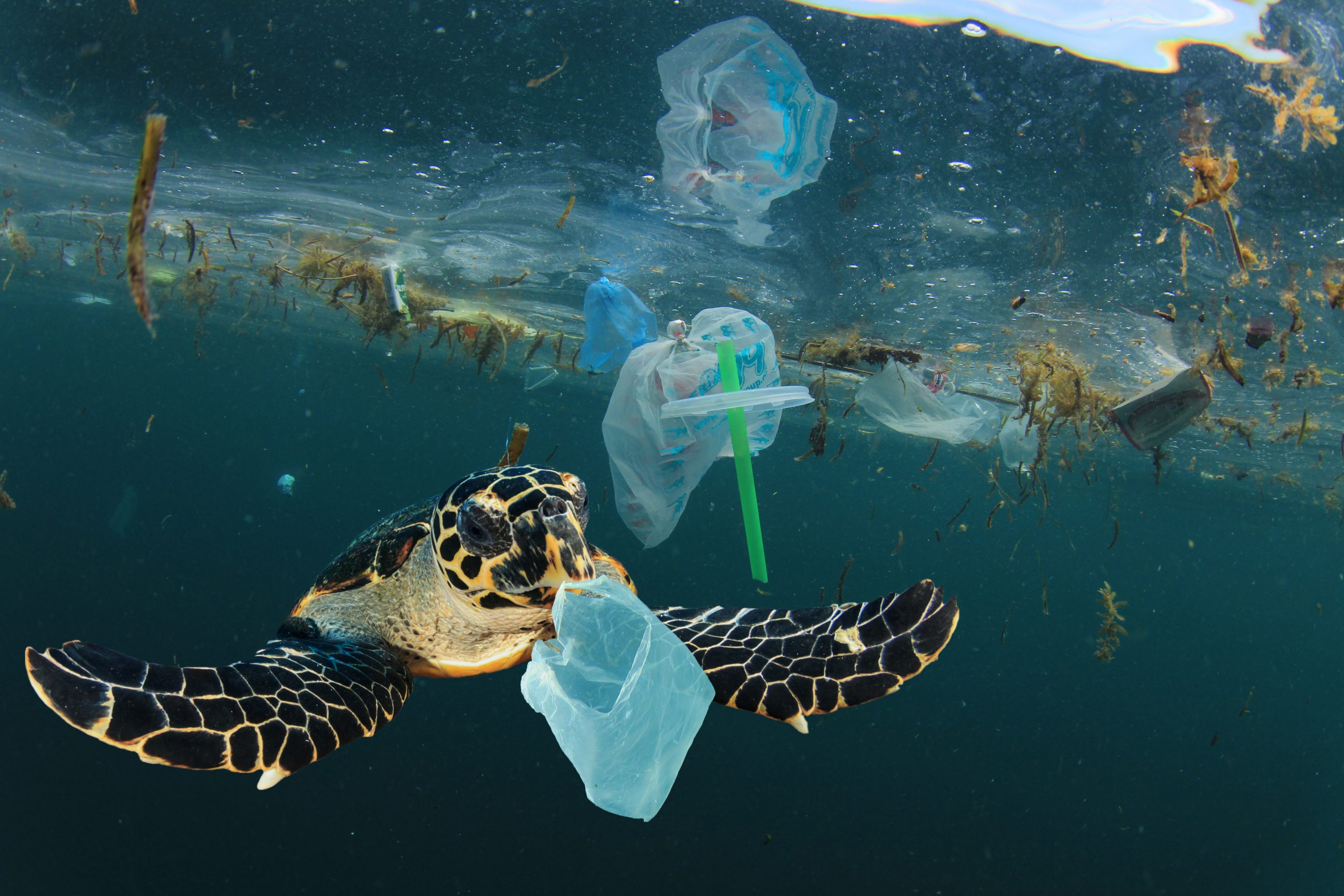If you have access to any media channel, chances are you’ve seen images of trash floating around in the ocean, footage of turtles with plastic debris around their heads, or aerial views of massive oil spills polluting what were once vibrant blue waters. The problem is that the picture generally goes no farther than that. These examples of tragedy in our oceans show us what is sadly just the tip of the melting iceberg.
In 2020, the National Oceanic and Atmospheric Administration reported that the ocean had increased acidity a staggering thirty percent since the dawn of the industrial revolution.
In 2020, the National Oceanic and Atmospheric Administration reported that the ocean had increased acidity a staggering thirty percent since the dawn of the industrial revolution. This increase in acidity is enormous for all ocean inhabitants and anyone who depends on it for subsistence, not just animals, but people, too.
To add perspective, for the past 10,000 years or more, the amount of carbon dioxide only fluctuated in tiny increments; that is, until humans invented machines. This information literally and indisputably explains that our careless pollution is the sole cause of global climate change and chemical changes in all the world’s oceans.
The term ocean acidification sounds scientific and complicated, and that’s because it is. However, I’ll break it down for you into simpler terms that are easier to digest. Essentially, the ocean acidification process is what happens when the ocean’s pH drops, which, in turn, affects the entire planet. The seawater absorbs carbon dioxide from the atmosphere, which turns into a chemical called carbonic acid, and, yes, it is as daunting as it sounds.
Ocean acidification is a direct side effect of the global climate change crisis.
Each working day in the industrialized world, we pump tons of carbon dioxide into the atmosphere. Our daily grind, including the use of fossil fuels to power automobiles, factories, fishing boats, aircraft, and a multitude of other non-sustainable machines, deeply wounds our carefully balanced environment.
To highlight one of the primary cancers to the lungs of the planet, which are actually the ocean’s coral reefs, we’ll dive into the commercial fishing industry. What was once a clever subsistence strategy devised by early humankind has taken a devastating turn from survival to a $400 Billion industry. Slowly chipping away at the most vital carbon regulators in the world, commercial fishing has ruined much of what keeps the Earth balanced enough to sustain life.

When put into perspective, bottom trawling effectively mutes the conversion from carbon dioxide to oxygen by severely dampening the help offered by marine organisms that undergo photosynthesis, such as seaweeds, algae, and select species of corals. Considering that 80% of the planet’s oxygen comes from the ocean, this is an alarming truth!
Let’s think about how this affects marine life and the planet. Without proper water parameters, sea organisms have few resources to build shells and skeletons. The EPA elaborates on this predicament using studies that show smaller species of shelled organisms live no more than 45 days due to the acidity of seawater present in our oceans today. When seawater is acidic enough to degrade organisms that have evolved to live underwater severely, coral reefs become bleached and die off. When the ocean can no longer produce oxygen, every living organism on the planet is endangered.
CO2 capture is a concept that harnesses the power of machinery for the planet’s survival.
Understandably, this entire concept can be rattling. However, on a positive note, people can make a massive difference with a few choice tools. CO2 capture is a concept that harnesses the power of machinery for the planet’s survival. By actively removing large amounts of carbon dioxide from the atmosphere, we can reduce the amount of carbon being absorbed by the ocean, which sets into motion a domino effect of excellent news.
With WellPlanet Project’s carbon capture project, we can help the environment overcome the centuries of mass destruction, solidify a plan of action to do so, and ultimately relieve the nature of the burden that humans have so readily offloaded onto it. By taking action and supporting a world-changing cause, anyone can contribute to saving the planet and all the fantastic things that live on it.
The most critical piece of positive change is giving nature a voice. We can reverse climate change by brick by taking our pollution out of the equation. Together, with effort and perseverance, we can raise our voices and respond to the urgency of our disintegrating planet and make a healthy climate possible again. Consider helping to initiate real change- it takes less than a minute and lasts forever.

